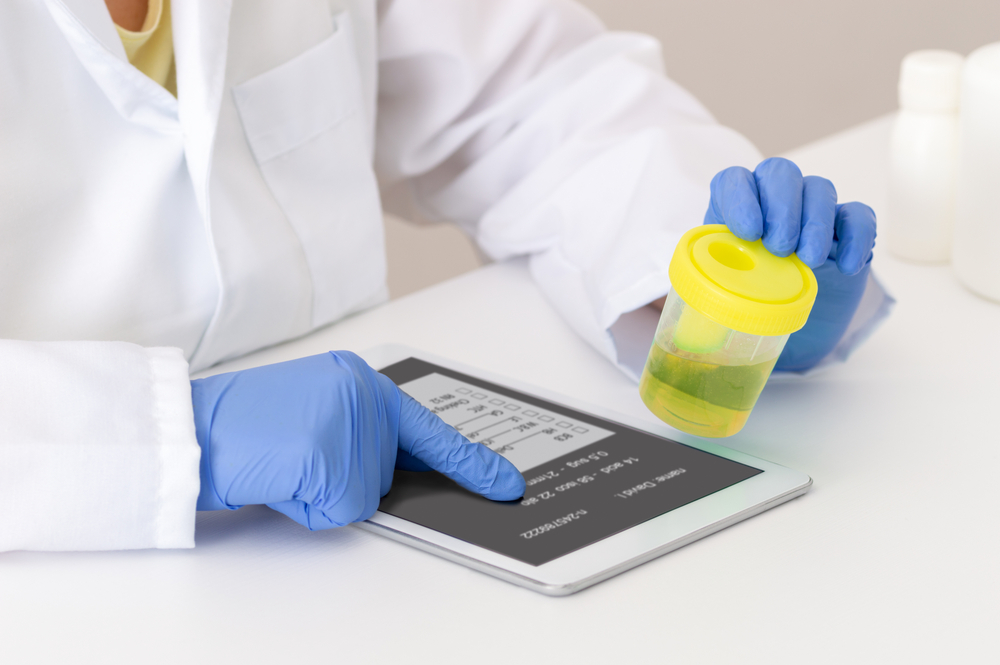The Centers for Disease Control and Prevention (CDC) explains “ethyl alcohol, or ethanol, is an intoxicating ingredient found in beer, wine, and liquor. Alcohol is produced by the fermentation of yeast, sugars, and starches.” As a central nervous system depressant, alcohol works by slowing down vital functions in one’s body. The half-life, meaning the length of time the substance will remain in one’s system until the concentration in one’s blood has been reduced by half, of alcohol, is four to five hours. However, about five half-lives are required to fully eliminate alcohol from one’s body. Hence, it will take about 25 hours for your body to clear all the alcohol. The length of time alcohol may be detected in one’s system differs and will depend on a variety of factors, including an individual’s weight, age, quantity of alcohol consumed, if alcohol was mixed with any other substances as well as the type of drug test administered. The following timeframes indicate the average length of time alcohol may be detected through specific drug tests:
- Breath test: a device an individual will blow air into, a breathalyzer test, can detect the presence of alcohol for up to twenty-four hours after one’s last drink.
- Blood test: provide more accurate levels of intoxication and concentrations of alcohol present in one’s system. Alcohol can show up in a blood test for up to twelve hours after one’s last drink.
- Urine test: fast, convenient, and noninvasive, urine tests, are the most common type of drug test used in situations when random drug tests are required. Alcohol can be detected in urine for three to five days via ethyl glucuronide (EtG) metabolite or ten to twelve hours via the traditional method.
- Hair follicle test: provide the most accurate way to detect long-term alcohol use. Alcohol can be detected in hair follicles up to three months after one’s last drink.
- Saliva test: can detect the presence of alcohol from twenty-four to forty-eight hours after one’s last drink.
Research indicates that 90% of alcohol in the body is eliminated by the liver. While it is a complicated process, the liver essentially does this in two phases. First, it converts toxic substances to highly reactive metabolites and then excretes these toxins. Flushing alcohol out of the body is different from the internal liver metabolism required to break it down into by-products ready for excretion.
For Information and Support
Substance abuse and addiction can be incredibly dangerous and can result in severe short and long-term consequences. If you or someone you know is suffering from substance abuse or addiction, please get help as soon as possible. The earlier you seek support, the sooner you and your loved ones can return to leading happy, healthy, and fulfilling lives. There is no reason to go through this alone, and we are here to help. Please feel free to reach out to us for further information or with any questions regarding substance abuse or addiction. We are available anytime via telephone at: 213-389-9964, or you can always email us at: info@friendlyhousela.org



